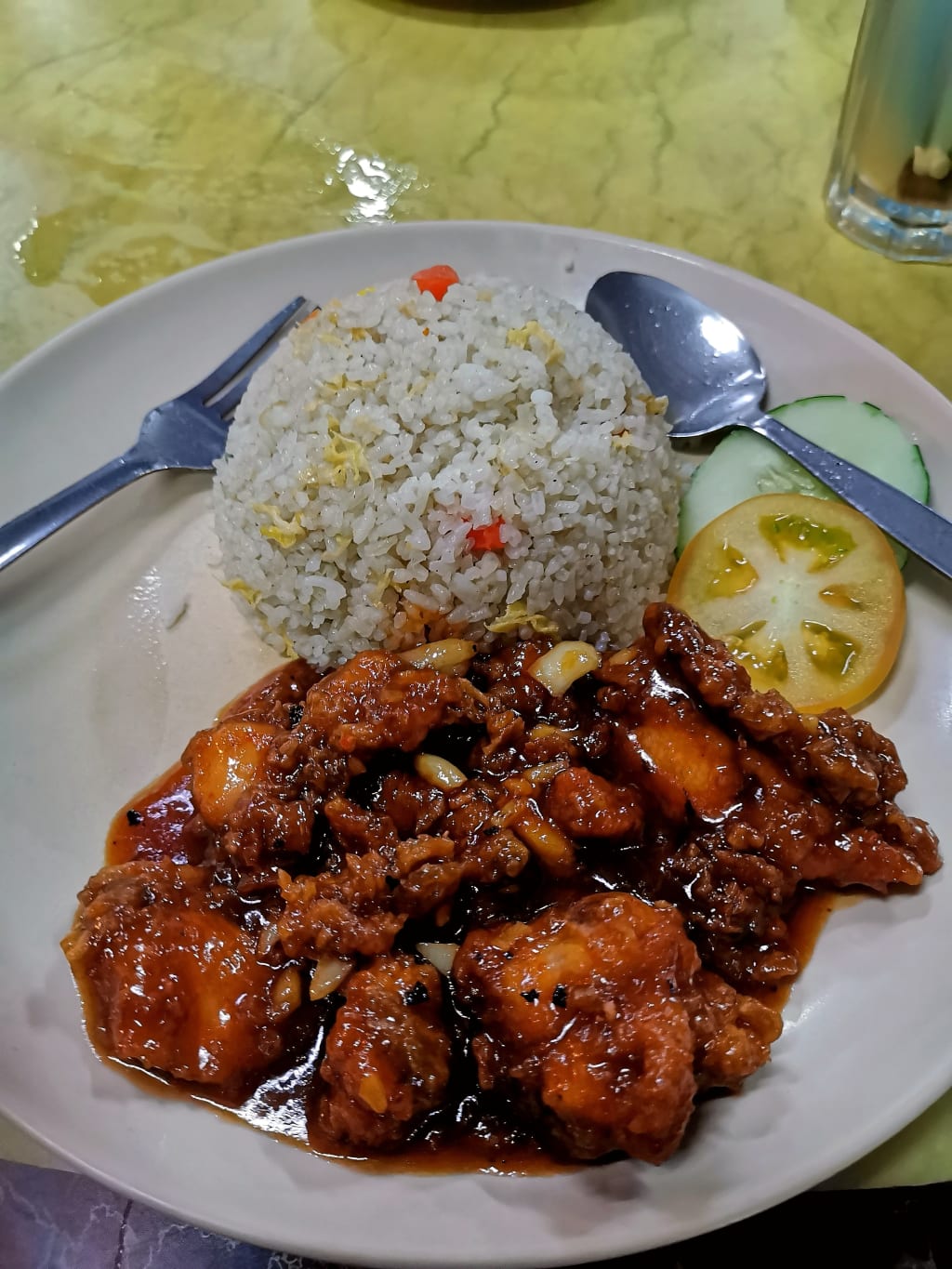Singaporean Food Culture
Singaporean Food Culture: A Flavorful Fusion of Culinary Traditions

Singaporean Food Culture: A Flavorful Fusion of Culinary Traditions
Singapore, a vibrant and multicultural city-state nestled at the crossroads of Asia, boasts a rich food culture that reflects its diverse history and influences. With its unique blend of Chinese, Malay, Indian, and various other cultures, Singaporean cuisine is a harmonious fusion of flavors, textures, and techniques that has captivated both locals and visitors alike. This culinary journey through Singapore's food culture will delve into its iconic dishes, culinary traditions, and the social significance of food in this bustling metropolis.
Historical Roots and Cultural Influences:
Singapore's food culture is a tapestry woven from the threads of its multicultural heritage. The city-state's strategic location on major trade routes has historically attracted a diverse array of cultures, leading to a rich exchange of culinary traditions. Chinese immigrants, primarily from the Hokkien, Teochew, Cantonese, and Hainanese communities, brought with them the art of noodle-making, dumpling crafting, and diverse stir-fry techniques. The Malay community introduced the concept of spice blends and coconut milk-infused curries, while the Indian population contributed their expertise in using aromatic spices and tandoor cooking methods.
Signature Dishes:
Hainanese Chicken Rice: This iconic dish encapsulates the delicate simplicity of Singaporean cuisine. Tender poached chicken served with fragrant rice, accompanied by ginger paste, chili sauce, and soy sauce, creates a harmonious medley of flavors.
Chilli Crab: A Singaporean seafood masterpiece, this dish features succulent crab smothered in a rich, tangy, and slightly spicy tomato-based sauce. It's best enjoyed with mantou, a fluffy steamed bun perfect for sopping up the delectable sauce.
Laksa: A spicy noodle soup that's a favorite among locals, laksa is available in various regional variations. The Katong laksa, for instance, showcases thick rice noodles bathed in a rich coconut milk and spicy chili broth.
Roti Prata: Influenced by Indian cuisine, this flaky and crispy flatbread is usually served with a side of dhal (lentil curry) or other savory accompaniments.
Char Kway Teow: A stir-fried noodle dish that combines flat rice noodles with prawns, Chinese sausage, eggs, and bean sprouts, all seasoned with a dark soy sauce.
Culinary Traditions:
Singaporean food culture is not just about flavors; it's a sensory experience that extends to the heart of everyday life. Hawker centers, bustling open-air food courts, are the heartbeat of this culture. Here, generations-old family recipes and age-old techniques are passed down, ensuring that traditional dishes remain a vibrant part of the local food scene.
The preparation of food is a communal activity in Singaporean culture. Families and friends gather to cook, eat, and share stories. Festivals and celebrations are incomplete without feasting, where tables groan under the weight of dishes representing the tapestry of Singapore's diverse heritage.
Food as Social Glue:
In Singapore, food is more than sustenance; it's a unifying force that bridges cultural divides. Sitting down to a meal together is a shared experience that fosters connections and nurtures relationships. The act of ordering and sharing dishes in hawker centers or at the dining table transcends social, economic, and cultural boundaries, promoting a sense of unity and camaraderie.
Innovations and Modern Flair:
While Singaporean cuisine proudly preserves its traditional roots, it also embraces innovation and experimentation. Visionary chefs and culinary entrepreneurs are reimagining classic dishes, infusing them with contemporary twists and presenting them in modern, Instagram-worthy settings. This fusion of tradition and innovation has elevated Singapore's food culture onto the global stage.
Preserving the Legacy:
Singapore places great emphasis on safeguarding its culinary heritage. Initiatives such as food festivals, culinary workshops, and heritage tours celebrate the roots and evolution of Singaporean cuisine. Efforts are also made to secure recognition from international bodies, such as UNESCO, to protect and promote Singapore's diverse culinary traditions.
Conclusion: A Culinary Melting Pot
Singapore's food culture is a harmonious symphony of flavors, textures, and aromas, a testament to the city-state's multicultural identity. Rooted in centuries-old traditions and shaped by waves of migration, Singaporean cuisine is a celebration of unity in diversity. From humble hawker stalls to upscale restaurants, every bite tells a story of heritage, community, and a shared love for good food. As Singapore continues to evolve, its food culture remains a vibrant and essential thread that weaves together the past, present, and future of this remarkable nation
About the Creator
VENKAT PRABHU
Venkatprabhu as your article writer, you can expect engaging, well-researched, and impeccably written content that leaves a lasting impression on your readers.
Enjoyed the story? Support the Creator.
Subscribe for free to receive all their stories in your feed. You could also pledge your support or give them a one-off tip, letting them know you appreciate their work.






Comments
There are no comments for this story
Be the first to respond and start the conversation.